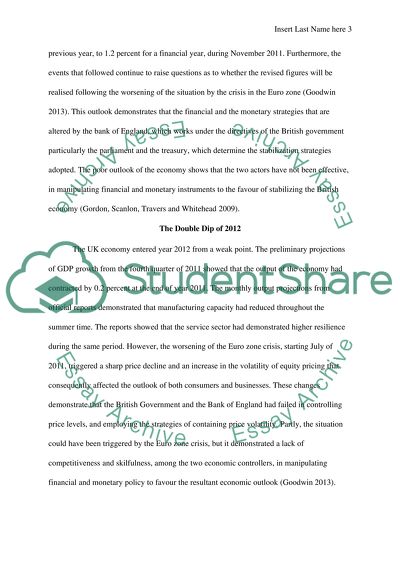Cite this document
(“The British Government, the Bank of England, and the British Economy Essay”, n.d.)
The British Government, the Bank of England, and the British Economy Essay. Retrieved from https://studentshare.org/macro-microeconomics/1474375-you-are-required-to-write-an-answer-of-c
The British Government, the Bank of England, and the British Economy Essay. Retrieved from https://studentshare.org/macro-microeconomics/1474375-you-are-required-to-write-an-answer-of-c
(The British Government, the Bank of England, and the British Economy Essay)
The British Government, the Bank of England, and the British Economy Essay. https://studentshare.org/macro-microeconomics/1474375-you-are-required-to-write-an-answer-of-c.
The British Government, the Bank of England, and the British Economy Essay. https://studentshare.org/macro-microeconomics/1474375-you-are-required-to-write-an-answer-of-c.
“The British Government, the Bank of England, and the British Economy Essay”, n.d. https://studentshare.org/macro-microeconomics/1474375-you-are-required-to-write-an-answer-of-c.


